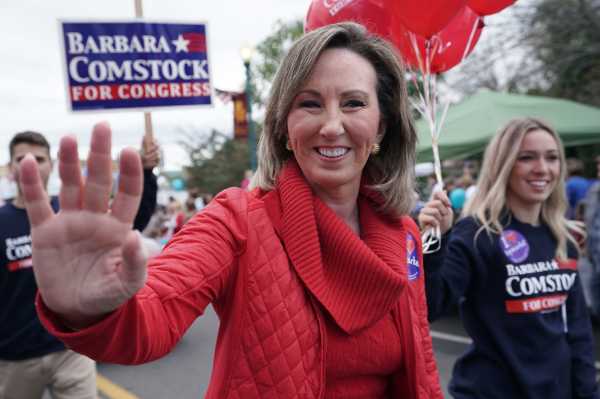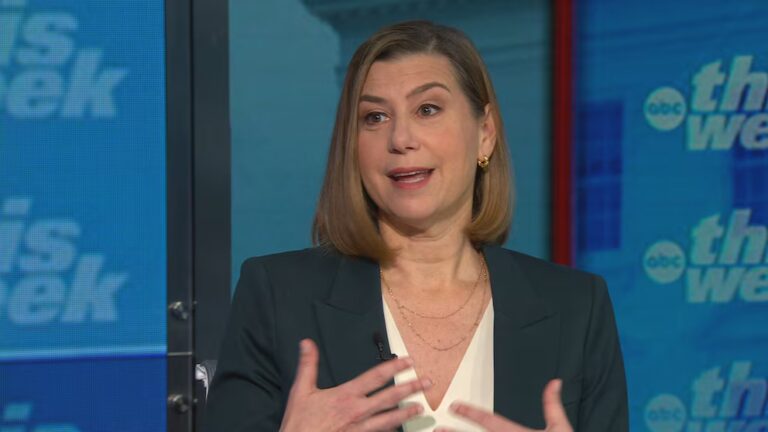
For House Republicans, 2018 was the year of the men.
Come January, the number of women Republicans serving in the House will drop from 23 to just 13, the result of a Democratic wave election, some retirements, and several women who left to seek higher office (to varying degrees of success). The number of House Republican women is in shocking contrast to Democrats, who elected a record-breaking 35 new women to Congress, bringing up their total to 89.
The real reason why Republicans will see fewer women in office this year than last year, comes down to the party’s priorities: helping Republican women win still isn’t one.
In May, Rep. Elise Stefanik of New York, who was charged with Republicans’ candidate recruitment in 2018, said it was her “goal is to increase the number of Republican women in the next Congress,” in the New York Times. Now, after an apparent failure, she’s saying she wants to “to play big in primaries,” Roll Call reported, to help Republican women get through competitive primaries — where a number of recruits faltered.
This would be a major break from how Republicans operate. The National Republican Congressional Committee’s newly elected chair Rep. Tom Emmer has already called getting involved in primary races a “mistake.” One of his reasons: He doesn’t believe in identity politics.
“It shouldn’t be just based on looking for a specific set of ingredients — gender, race, religion — and then we’re going to play in the primary,” Emmer told Roll Call.
Emmer perfectly sums up why Republicans struggle with electing more diverse candidates. As I wrote in August:
Now Stefanik says she is using groups like Emily’s List, a Democratic group that helps fundraise for and support women candidates who support abortion rights, as an example, pushing her own PAC as a way to help women through their races.
As Emmer has shown, she’ll likely face some major headwinds from the party.
Sourse: vox.com






